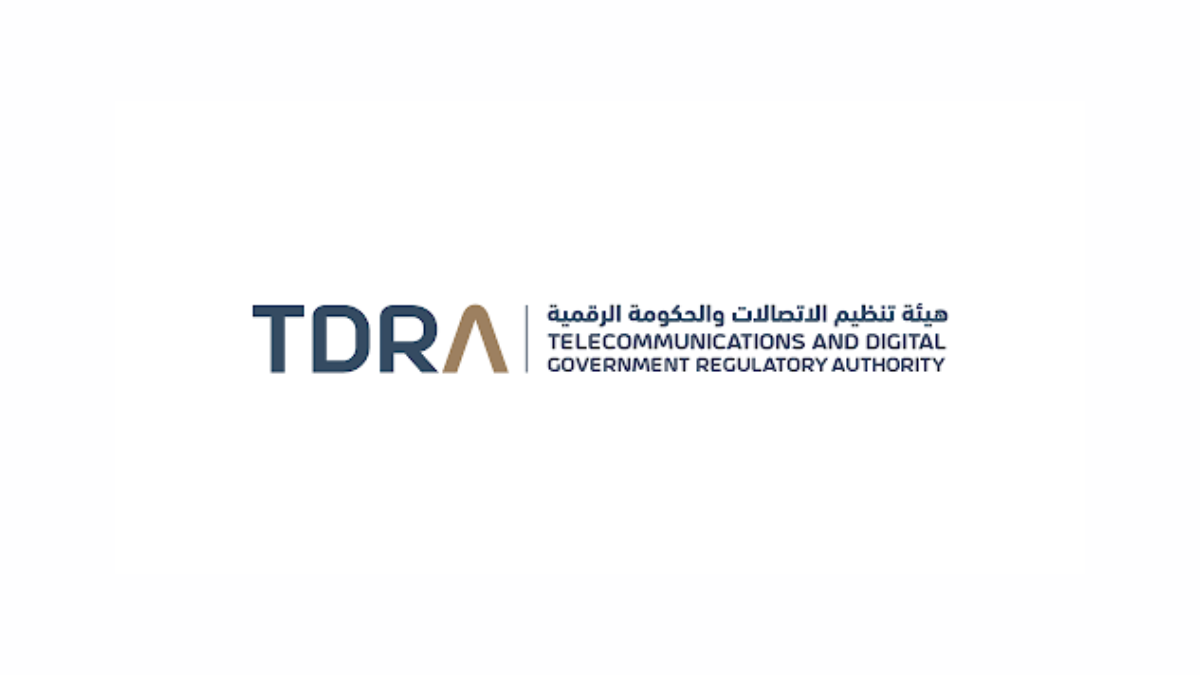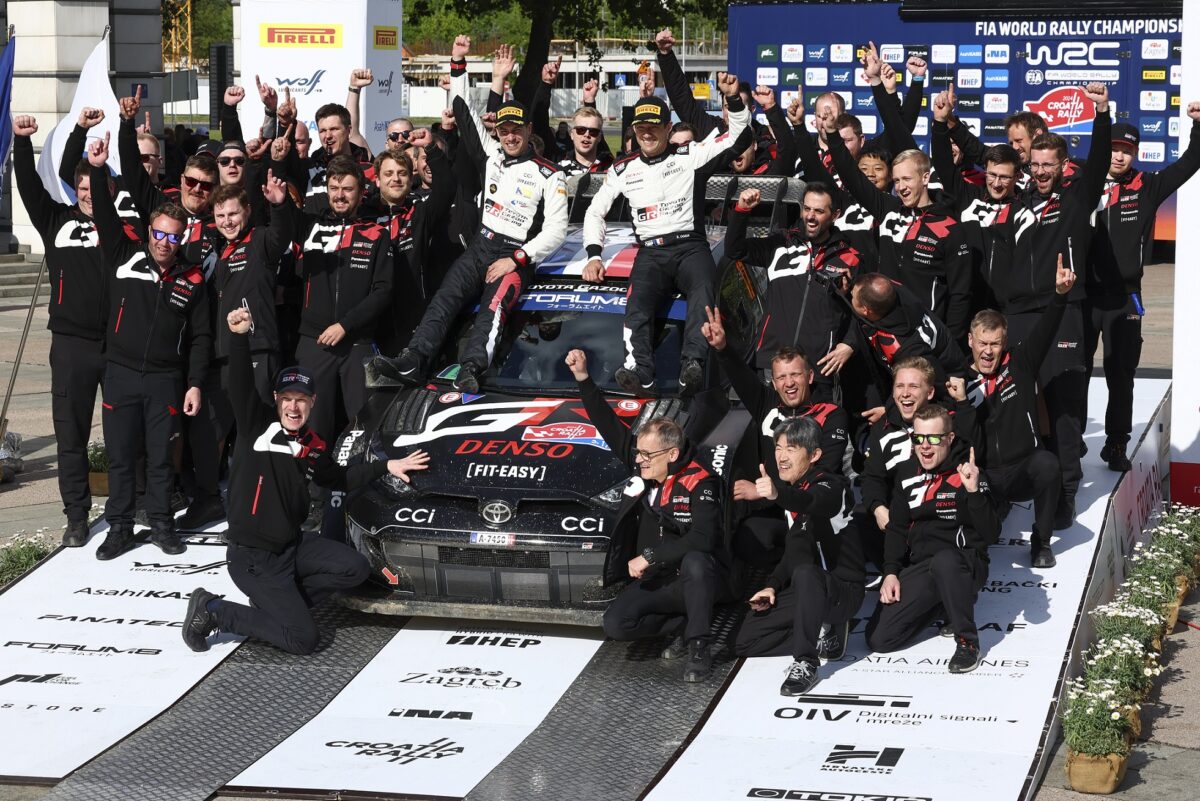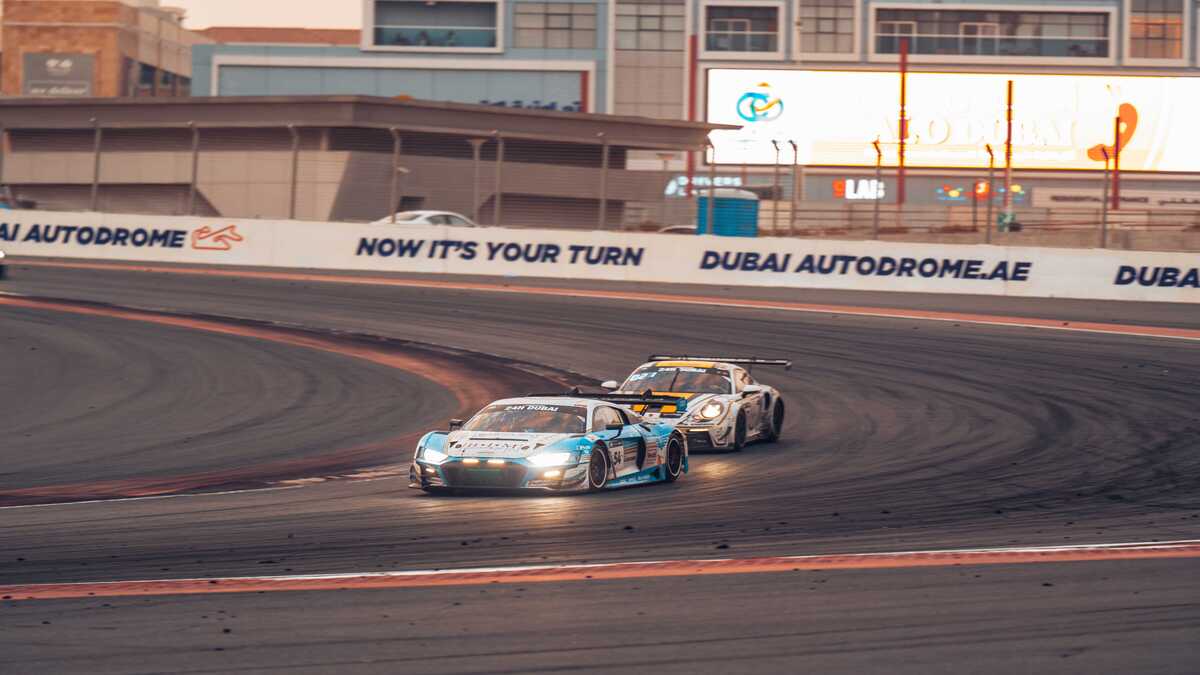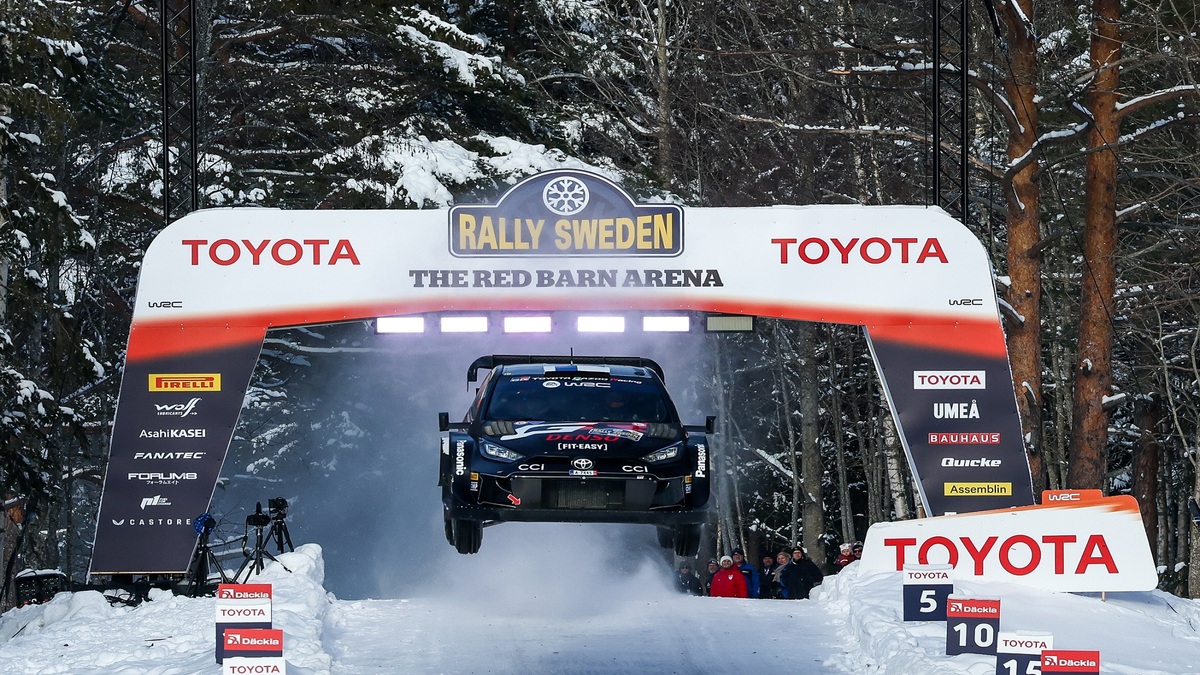Celebrating Adrenaline: WRC Safari Rally Kenya Roars Back with Thrilling Action Over Easter Week
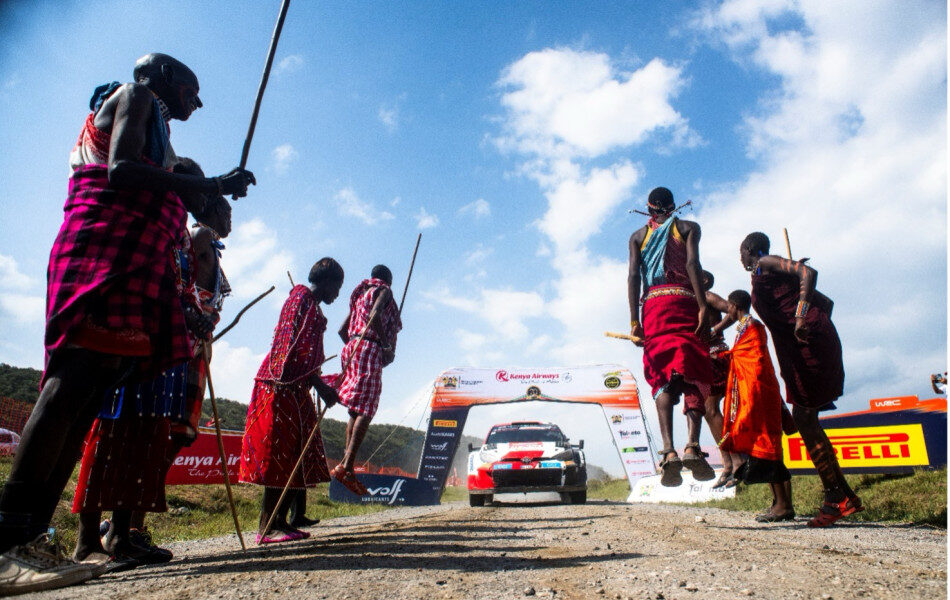
Nairobi, Kenya: The adrenaline-fueled drivers will from tomorrow focus their action in the highly anticipated third leg of the FIA World Rally Championship, the WRC Safari Rally Kenya that takes place over the Easter week.
Vroom, Vroom! Will be sounds echoing from the mean machines as rally cars burn rubber while leaving the starting ramp at the prestigious Kenyatta International Convention Centre (KICC) on Thursday, when Kenya’s President Dr. William Ruto will officially flag off the cars. The four-day event promises a thrilling hair-raising encounter and poses a formidable challenge to man and machine, especially with the present arduous conditions and the constantly changing weather in some parts of the Rift Valley.
The weather forecast predicts that this year’s event is likely to be more mucky than previous years. It will add an extra layer of complexity to the otherwise challenging route, turning to be a thrilling battleground for the world’s finest rally drivers. The event running over the Easter holidays is expected to attract a mammoth crowd of rally enthusiasts from across the globe.
Kenya is the only African country hosting the world championship event in the continent and is also dubbed as one of the world’s toughest events in the WRC calendar.
The Kenyan event is the third round of WRC, after Monte Carol and Sweden events respectively. After this the championship will head to Hungary and later France.
Defending Safari Rally champion and an eight-time world champion, Sebatien Ogier will miss this year’s gruelling rally which starts tomorrow, March 28th and finishes on Easter Sunday March 31st.
The event has attracted an impressive line-up of 29 entries from across the globe, with drivers expected to battle a total of 1267 kilometres and covering at least 360 kilometres daily.
The rally spreads over 19 spectator zones, offering rally enthusiast the opportunity to witness the action at close range, as the cars battle the terrain of a section of Kenya’s countryside. Unlike yesteryears the rally has been brought back to its traditional Easter period like the time it used to be 26 years ago. This year’s edition has been brought forward to coincide with the Easter holidays, as it was the norm in the past. The Safari Rally was reinstated to the WRC calendar in 2021 but was held towards the end of June, every year.
From the start at KICC, cars will battle through some of the most challenging routes such as Kedong, Malewa, Soysambu and Hell’s Gate National Park for the finish and for the closing ceremony as well. The Kedong section considered to be one of the toughest will this year run in the reverse direction, along with the Sleeping Warrior lying southwest of Lake Elementaita further ahead. During his recent media briefing, the WRC Safari Rally Kenya CEO, Charles Gacheru said: “Our dedicated teams are working tirelessly to ensure that all aspects of the event have been addressed. From setting up the Service Park, to coordinating logistics and ensuring safety measures are in place, every aspect of the rally’s organisation is being carefully managed to meet the highest standards of such an event”.
The Service Park is located at the Kenya Wildlife Research Training Institute, serves as the nerve centre of the rally, where teams fine-tune their vehicles and conduct essential maintenance with the help of their dedicated mechanics.
In another development, Kenya’s Sports Cabinet Secretary, Ababu Namwamba has called on rally enthusiasts to maintain traffic rules and regulations especially along the rally sections. He asked fans to observe strict traffic rules and to turn up in large numbers to cheer their local Kenyan drivers.
Some of the local Kenyan crew to watch includes five-time winner of the Safari Rally and 2009 Intercontinental Rally Challenge (IRC) champion, Carl ‘Flash’Tundo, Equator Rally defending champion, Karan Patel, Singh Vohra, Aarkif Virani, Hamza Anwar, Minesh Rathod and Andrew Muiruri. Kenya’s largest telecommunications provider, Safaricom has pledged KES 36 million sponsorship to support the world event.
Peter Ndegwa, the CEO of Safaricom said: “For the past four years, Safaricom has consistently shown unwavering support for the WRC Safari Rally. This year we are thrilled to be part of the event and will be coming on board as a technology partner”.
Safaricom are the official technology partner to provide seamless and speedy 4G network connectivity through the provision of five Cell on Wheels (COW) during the four-day world event.
The Safari Rally was first introduced in 1953, as the East African Coronation Safari (it was named so, as a celebration of the coronation of Queen Elizabeth 11).
During those days the cars transversed through rough and tough terrains, valleys and mountains into Kenya, Uganda and Tanzania.
In 1960, the event was named as the East African Safari Rally and maintained the same until 1973, when it was renamed the Kenya Safari Rally and was a WRC event until 2002. Then, after a 19-year hiatus, the Safari Rally made a comeback to the WRC calendar in 2021.


